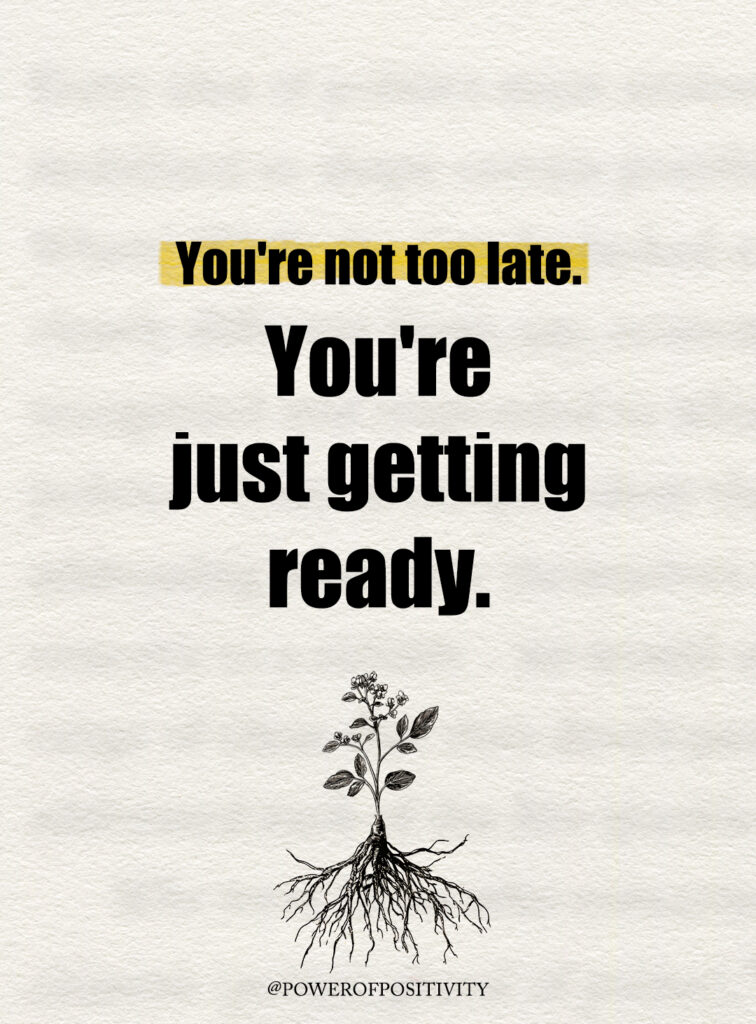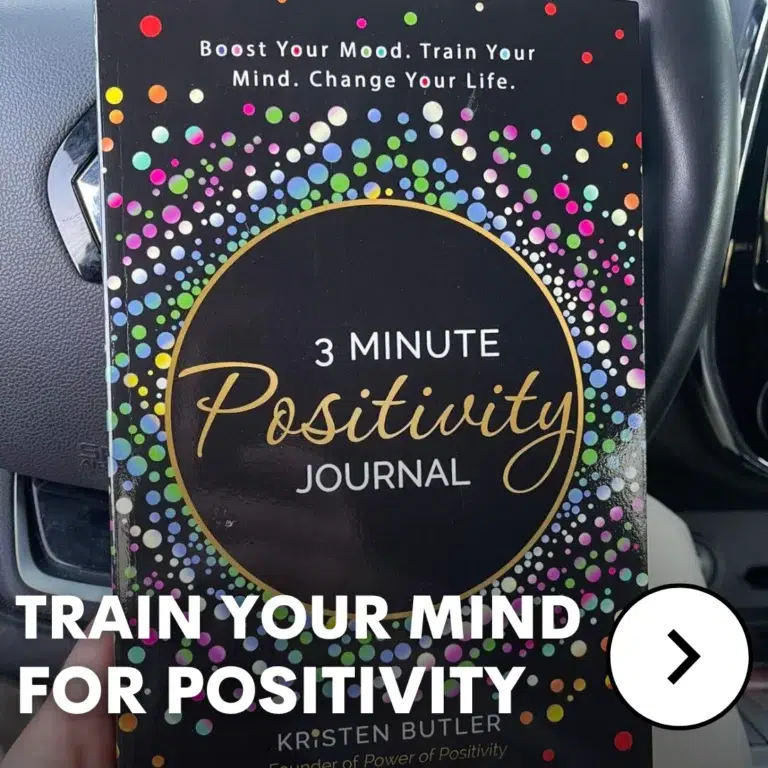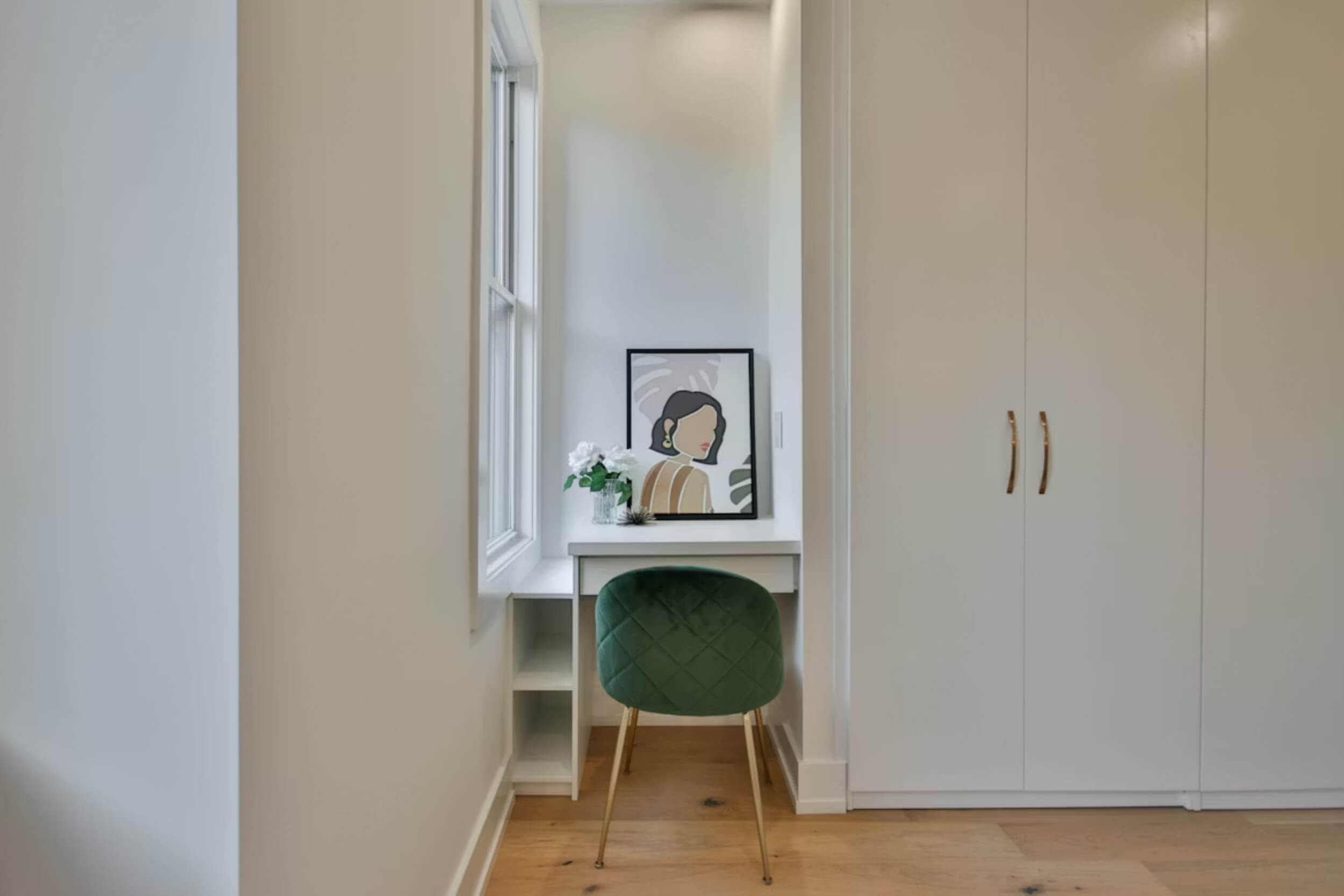Life feels easy when everything follows the same pattern. You wake up, go through the motions, and know exactly what to expect. That sense of routine gives a kind of safety, but it also keeps you stuck in the same place. Comfort becomes a quiet trap—it feels fine, but it quietly shuts the door on new chances.
Think of the comfort zone as a bubble. Inside, there are no surprises and no risks, but there’s also no progress. Staying in that bubble too long makes it harder to challenge yourself and harder to see what else you could achieve.
Real change comes the moment you’re willing to step outside. It may feel uncomfortable at first, but that discomfort is the very first step to real growth. The path isn’t about giant leaps—it begins with one small choice to push past what feels safe.
What the Comfort Zone Really Means
The comfort zone is the space where life feels easy and predictable. It’s where you know the rules, the faces, and the routines. There’s little risk, and that’s what makes it feel safe.
Inside it, you feel secure because nothing new challenges you. You eat at the same places, talk to the same people, and repeat the same habits. Familiarity feels good because it keeps stress away.
But here’s the hidden cost: nothing changes. Staying too long in that bubble stops you from learning, stretching, or finding out what you’re truly capable of. Growth needs a little discomfort. If you want to take the step to real growth, you’ll need to let go of some comfort and allow yourself to try something new. That’s where progress lives—not in routine, but in the small risks that make you stronger.
Why It Feels Hard to Step Away
The brain naturally wants safety. It’s wired to protect you from risk, so staying where things feel steady is the easiest option. That’s why change feels scary before it feels exciting.
Three big fears often stop people from moving forward:
- Fear of rejection – worrying about what others will think.
- Fear of failure – assuming you won’t succeed if you try.
- Fear of embarrassment – not wanting to look foolish in front of others.
What makes this tougher is the illusion of control. Inside the comfort zone, you feel like you’re in charge, but really, you’re just stuck repeating the same cycle. Real control begins once you decide to stretch a little further.
Taking the step to real growth means noticing when fear is making the choice for you. Once you recognize that, you can choose courage instead of comfort. That’s where progress begins.
The Science Behind Discomfort and Growth
Brains are built to adapt, but only when they’re challenged. A little stress, in healthy amounts, pushes the brain to rewire itself. This is what scientists call “neuroplasticity,” and it’s the reason people can learn new skills at any age.
There’s also something known as the “optimal anxiety zone.” This is the middle ground between total comfort and overwhelming fear. In that zone, you feel stretched but not broken, and that’s where learning works best.
Here’s how it plays out:
- Small challenges create tiny changes in the brain.
- Those changes build resilience over time.
- Resilience makes it easier to handle bigger challenges later.
This means discomfort isn’t a signal to stop—it’s proof that your brain is growing. If you aim for the step to real growth, you don’t need giant leaps. What you need are steady challenges that stretch you just enough to build confidence and prepare you for the next step.
The Benefits of Breaking Out
Leaving the comfort zone feels risky at first, but the rewards are worth it. Each time you push a little further, you collect benefits that last a lifetime.
Here are some of the biggest gains:
- Personal growth – You discover skills and strengths you never knew you had.
- Confidence – Proving to yourself that you can handle more builds self-belief.
- New opportunities – Meeting new people and trying new activities often lead to doors you didn’t expect.
- Resilience – Tough situations stop being as scary when you’ve faced challenges before.
The truth is, comfort hides these benefits from you. They only show up when you’re willing to stretch. Each challenge adds to your strength, and each small win makes you more ready for the next. Taking the step to real growth isn’t about removing fear—it’s about moving forward anyway. That’s how you turn discomfort into a path that shapes who you’re becoming.
10 Practical Ways to Step Outside the Comfort Zone
1. Start With Manageable Challenges
Taking on something small is easier than forcing a huge change. Speak up in a meeting before signing up for public speaking. Try cooking a new recipe before hosting a dinner. Starting small lowers pressure but still teaches you to stretch.
2. Change One Routine Daily
Even tiny shifts build flexibility. Switch your walking route, order a new meal, or talk to a coworker you usually don’t. These changes train your brain to handle variety and break away from automatic habits.
3. Reframe Failure as Feedback
Failure feels final, but it’s really just feedback. Each mistake shows what doesn’t work, helping you move closer to what does. Treat setbacks as lessons, not proof you should quit.
4. Surround Yourself With Risk-Takers
Spending time with people who chase challenges encourages you to do the same. Seeing others push past fear makes it easier to believe you can, too.
5. Say “Yes” to the Unexpected
Opportunities often come disguised as surprises. Saying yes to an invitation, project, or chance you’d normally avoid can open new paths. Growth shows up in the unplanned moments.
6. Learn Something That Intimidates You
Pick one skill that feels just out of reach. Learn guitar, coding, or a new language. That stretch keeps your brain active and builds confidence in tackling new things.
7. Set Challenges With Deadlines
Without deadlines, it’s too easy to delay. Register for a 5K, sign up for a class, or commit to a project date. A timeline creates accountability and forces action.
8. Travel Beyond Familiar Places
Visiting new places pushes you to adapt to different settings. Whether it’s a nearby town or a country abroad, new environments help you see things differently and grow stronger.
9. Share Your Ideas Publicly
Speaking your thoughts in front of others feels risky but builds courage. Write online, join a group discussion, or pitch an idea at work. The more you share, the less fear holds you back.
10. Celebrate Small Wins
Every brave step deserves recognition. Whether you tried something new or faced a fear, take a moment to celebrate it. These wins build momentum and motivate you to keep going.
A Personal Story of Growth
The first time I spoke up in a meeting, my voice shook, and my hands trembled. Every part of me wanted to stay silent, but I pushed through and said a few words. To my surprise, no one laughed or judged me. Instead, people listened.
That tiny step gave me confidence to try again. Over time, I spoke more often, and eventually, I could lead full conversations without the same fear. Looking back, that single choice was the spark.
What felt like the scariest moment at first turned into the best lesson: growth doesn’t come from comfort. It comes from risking a little discomfort. Taking that one step to real growth started with something as simple as speaking up, and it changed everything about how I saw myself.
Key Reminder When Fear Hits
Fear often feels like a warning to stop, but it’s really the sign you’re about to grow. When your heart races or your palms sweat, it doesn’t mean you’re failing—it means you’re pushing the limits of what’s familiar.
Here’s the shift: instead of seeing fear as a wall, treat it as a doorway. Walk through it, and you’ll usually find it wasn’t as bad as you thought.
Every brave choice begins with discomfort, but what follows is growth, confidence, and opportunity. If you ever need a signal that you’re on the right path, fear is it. That’s your step to real growth.
Final Thoughts on Leaving the Comfort Zone
Comfort may feel safe, but it quietly keeps you from reaching your full potential. Growth doesn’t happen where everything is easy—it happens when you’re willing to stretch into the unknown.
Start with one small action today. Speak up, try something new, or change a simple routine. That single step is what begins to build momentum.
The truth is, the first move will always feel the hardest. Yet once you take it, you’ll see it was also the most rewarding. Each choice outside of comfort adds strength, courage, and opportunity to your life. Leaving the comfort zone isn’t about escaping safety—it’s about opening the door to who you’re meant to become.















